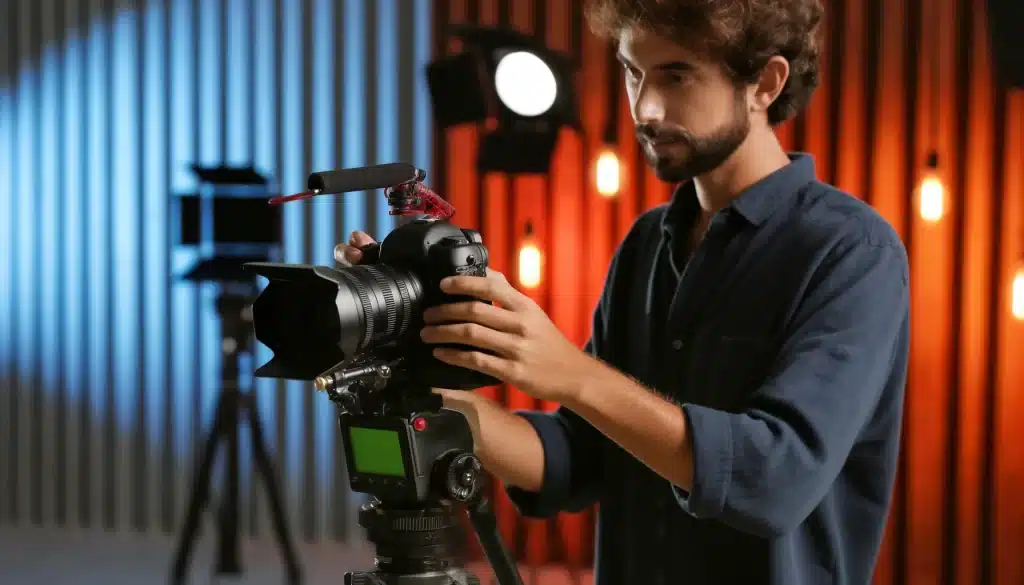DSLR Cameras in Marketing Videos: Bringing Cinematic Quality to Your Brand

Enhancing Marketing Videos with DSLR Cameras: A Deep Dive
(August 1, 2011) Last month, we discussed the significant impact of advancements in camera technology on marketing videos at Skillman Video Group. One of the major trends we’ve embraced over the past two years is the use of DSLRs for video production.
Table of Contents
The Rise of DSLR in Videography
DSLRs, originally designed for still photography, have revolutionized videography with their ability to shoot 1080P high-definition video.
Brands like Canon have led the charge, creating cameras that deliver exceptional video quality, prompting a surge in their use among videographers, marketers, students, and filmmakers for a variety of unexpected projects.
At SVG, we’ve experienced firsthand the transformative impact of these cameras, particularly with the Canon 7D. The difference in the quality of our productions has been palpable and thrilling.
The Cinematic Quality of DSLR Video
What exactly sets DSLR video apart, making it feel more cinematic?
A key feature is the shallow depth of field. Unlike traditional camcorders, which tend to render a scene in sharp focus from foreground to background, DSLRs allow for a selective focus.
This means only certain parts of the image are in focus while others are blurred, mimicking the way films are shot and how our eyes naturally perceive the world. This selective focus directs viewers’ attention to the most important parts of a shot, enhancing the storytelling aspect of the video.
Moreover, DSLRs are celebrated for their superior color rendition, contrast, and full-frame images that further contribute to the film-like quality of the videos.
Comparing DSLR to Traditional Camcorders
While the aesthetic advantages of DSLRs over traditional camcorders are significant—from their depth of field to the overall image quality—there are stark contrasts in functionality.
Home videos shot on camcorders often look unnaturally sharp and lack the artistic quality that can be achieved with DSLRs. This is why even your most casual home videos never seem to look as good as the charming 8mm films of yesteryears.
Challenges and Solutions in DSLR Videography
Despite their advantages, DSLRs are not without their challenges.
They typically lack features that are standard in professional video cameras, such as stereo audio capture, power zoom, and efficient codecs. Additionally, DSLRs struggle with zebra patterns and often perform poorly in low-light conditions. The rigs and lenses necessary to fully utilize DSLRs can also be prohibitively expensive.
However, as more videographers adopt DSLR cameras, manufacturers and third-party developers continue to innovate and solve these issues, making DSLRs increasingly viable for professional videography.
Why Choose a DSLR for Your Marketing Video
If your goal is to produce a marketing video that stands out with a professional, cinematic look, then a DSLR, such as the Canon 7D, is an excellent choice.
Despite their drawbacks, the visual quality, flexibility, and the ability to create focused, impactful narratives make DSLRs a superior tool for anyone serious about elevating their video content.
Share:
Search our blog:
Follow us on:
